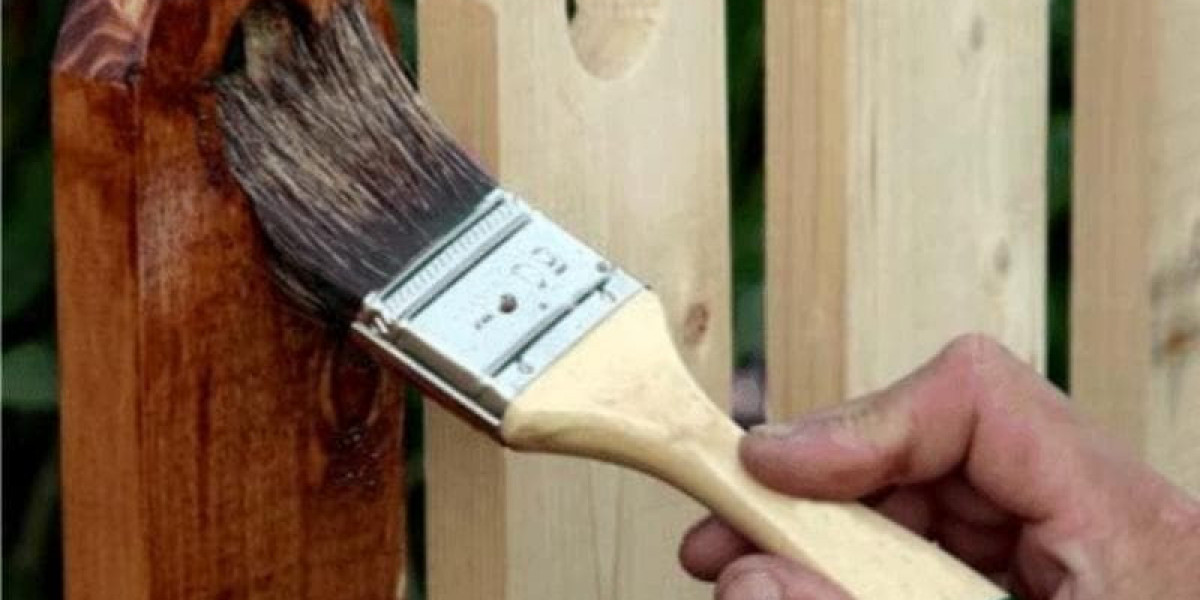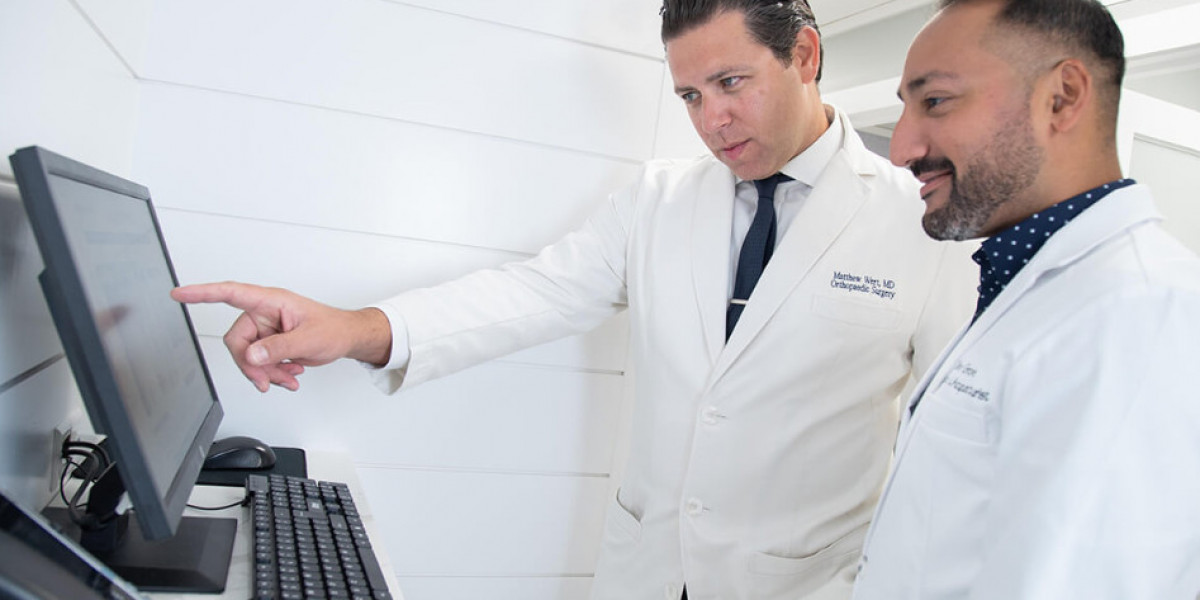Marriage certificate attestation is a crucial legal process for expatriates who plan to use their marriage documents abroad. Whether for visa applications, residency permits, family sponsorship, or other legal purposes, having an attested marriage certificate ensures its validity in a foreign country. However, the process can be complex and overwhelming, especially for those unfamiliar with bureaucratic procedures. This guide provides a step-by-step approach to help expats easily complete their marriage certificate attestation without unnecessary stress.
Understanding Marriage Certificate Attestation
Marriage certificate attestation is the process of verifying the authenticity of a marriage document by authorized government bodies and embassies. The attestation confirms that the certificate is genuine and legally recognized in the destination country. The procedure typically involves multiple steps, including notarization, authentication by state authorities, and final attestation by the embassy or consulate of the country where the document will be used.
Why Is Attestation Necessary?
Expats often need an attested marriage certificate for various reasons, such as:
Applying for a spouse visa or family residency
Registering a marriage in a foreign country
Claiming insurance or pension benefits abroad
Handling legal matters related to inheritance or child custody
Without proper attestation, foreign authorities may reject the document, leading to delays or legal complications.
Step-by-Step Process for Marriage Certificate Attestation
1. Obtain a Certified Copy of the Marriage Certificate
Before starting the attestation process, ensure you have a clear, original copy of your marriage certificate. If the original is lost or damaged, request a duplicate from the issuing authority (e.g., the local marriage registrar or vital records office). Some countries require the certificate to be recent (issued within the last six months), so check the specific requirements of the destination country.
2. Notarization by a Local Notary Public
The first step in attestation is getting the document notarized. A notary public verifies the authenticity of the signatures on the marriage certificate. This step is usually straightforward and can be done at a notary office or through a licensed attorney. Some countries may require an apostille instead of notarization if they are part of the Hague Convention.
3. Authentication by State Authorities
After notarization, the marriage certificate must be authenticated by the relevant state authorities. The process varies depending on the country:
In the U.S.: The Secretary of State’s office in the state where the marriage was registered must authenticate the document.
In India: The certificate must be attested by the Home Department or General Administration Department of the issuing state.
In the UAE: The Ministry of Foreign Affairs (MOFA) handles authentication.
Ensure that the document is stamped and signed by the designated authority to proceed to the next step.
4. Embassy or Consulate Attestation
Once state-level authentication is complete, the marriage certificate must be submitted to the embassy or consulate of the destination country. This step confirms that the document meets the legal standards of the foreign nation. Requirements may include:
Filling out an application form
Paying a fee
Providing additional supporting documents (e.g., passport copies, visa copies)
Processing times vary, so plan accordingly to avoid delays.
5. Final Attestation by the Destination Country’s Ministry
Some countries require an additional attestation from their own Ministry of Foreign Affairs or equivalent body upon arrival. For example, Gulf countries like Saudi Arabia and Qatar mandate MOFA attestation after embassy legalization. Check the specific regulations of your destination country to ensure full compliance.
Common Challenges and How to Overcome Them
1. Document Rejection Due to Errors
Even minor mistakes, such as misspelled names or incorrect dates, can lead to rejection. To avoid this:
Double-check all details before submission.
Ensure translations (if required) are accurate and certified.
2. Long Processing Times
Bureaucratic delays are common, especially during peak seasons. To minimize wait times:
Start the process well in advance.
Use expedited services if available.
3. Complex Legal Requirements
Different countries have varying rules for attestation. Research thoroughly or consult a professional attestation service to navigate complex procedures smoothly.
Tips for a Smooth Attestation Process
Keep Multiple Copies: Always have extra copies of your marriage certificate and attested documents in case of loss or additional requirements.
Stay Organized: Maintain a checklist of all steps, fees, and required documents to track progress.
Seek Professional Help: If the process seems overwhelming, consider hiring a reliable attestation service provider to handle the paperwork.
Conclusion
Marriage certificate attestation is a vital but often tedious process for expats. By understanding the steps involved, preparing the necessary documents, and anticipating potential challenges, you can complete the procedure efficiently. Proper attestation ensures your marriage is legally recognized abroad, allowing you to focus on building your life in a new country without legal hurdles. With careful planning and attention to detail, expats can navigate this process with ease and confidence.








